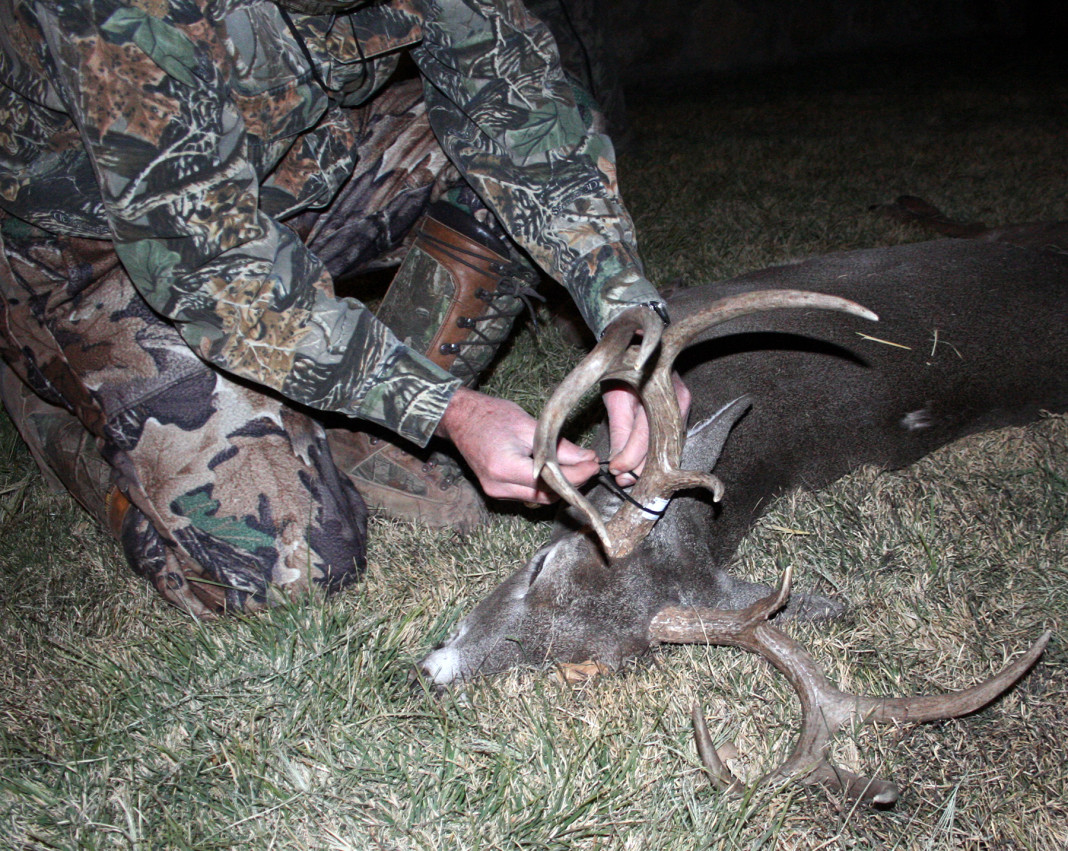Hitting a baseball is like sighting in a firearm for Texas deer hunters preparing to head afield in search of whitetails.
When you first chew on it, that statement may sound puzzling. But upon closer inspection, both pursuits can be broken down into three simple steps: Load, aim and shoot.
When you’re in the batter’s box, it boils down to loading your swing, aiming for the flight of the ball best suited to solid contact and shooting your hands through the zone at the perfect instant. By the same token, when you’re at the gun range you’ll load a cartridge into the chamber, aim through the scope and then squeeze the trigger to tap off the round.
While the main steps are easy to remember, what makes you successful in either endeavor are the little details and fine-tuning that go into the overall process.
As cooler temperatures creep across the state, hundreds of thousands of deer hunters are waiting to flip the page on the calendar to a new month and a new season. However, some likely won’t put in the time with the most important preparation that is needed for a hunt. Properly sighting in your shooting iron ultimately will increase your chances of success while also increasing the probability of a quick, clean harvest.
The biggest thing to glean from an outing to check out your tools of the trade at a range is regaining the confidence that you can put a bullet exactly where it is needed. Some shooting enthusiasts make a trip to the range each weekend, but for the most part, deer hunters in Texas wait until now or even later to put the lead to paper. There’s nothing wrong with that. By spending a couple of hours now, you’ll be ready and able when the realization of your pursuit materializes out of nowhere.
The first step in sighting in your firearm is to make sure everything is in working order and is secure, including rings, bases and scopes. Even a small nudge can knock a scope off enough to affect your shot.
The next step is to boresight the firearm. One of the easiest ways is to use a laser boresighter which are sold at many sporting goods stores and online. Using a boresighter will get your firearm and scope on the same page, which can cut down on how many cartridges you fire to get it hitting where you want. If you’re shooting a more specialized cartridge, such as a Winchester Short Magnum or other round, ammo costs can rise quickly if you have to burn up a bunch in advance of hunting season.
Also, don’t forget to take out any boresighting device before you shoot your firearm. I remember seeing a series of vivid photos showing the aftereffects and pain of a rifle shot with a boresighter lodged in the barrel and it wasn’t pretty.
One key at the range is to shoot the same ammunition you will in the field. Almost every firearm shoots different loads differently and it takes time to figure out which flavor it likes. It’s great if you know what cartridge is best fired from your rifle, but if not you can grab a couple of boxes of ammo that have similar specs and let them fly.
The most important step is to make sure you get a stable position to fire your rifle from. Sandbags work well to build up a solid base on which to lay your firearm while sighting it in and many shooters also will invest in a shooting bench which will securely hold a rifle and provide better consistency.
When you’ve got a solid base propping up your rifle, it’s good to remember to let the firearm recoil naturally, avoiding touching the stock or barrel. If you’re looking for a place to put your off hand, you can put it to the front of the trigger guard or on the sandbags or other rest you’re using.
Some shooters will start out close at a 25- or 50-yard target and then move out to 100 or more depending on how they would like to have their rifle sighted in. If you’re somewhat confident your rifle is close to where it previously was you can start at a longer distance. If you start shorter, remember that the firearm likely will hit higher at longer distances than where you were center-punching closer in.
When you’re relaxed and ready to pull the trigger, always think squeeze and take your time. There’s no rush. You’ll want to fire about three shots at a time before checking to get a center on the group and making an adjustment. Trying to make adjustments after firing each shot will only cause consternation for most shooters and only make the process harder.
Having a spotting scope of any make or model will clear up where your shots ended up. Other items to throw into a range bag are ear muffs or ear plugs and shooting glasses. If you’re breaking in a new rifle, you also might include a cleaning kit with rods and patches. A hunting outfitter friend from Brownwood swears by running a clean patch through the barrel after each shot from a new firearm, and it’s good advice.
Sighting in your trusty deer rifle is a necessary chore before the season starts next month and it will go a long way in determining your success. With a few simple steps, you’ll avoid striking out when that buck of a lifetime steps out.




















